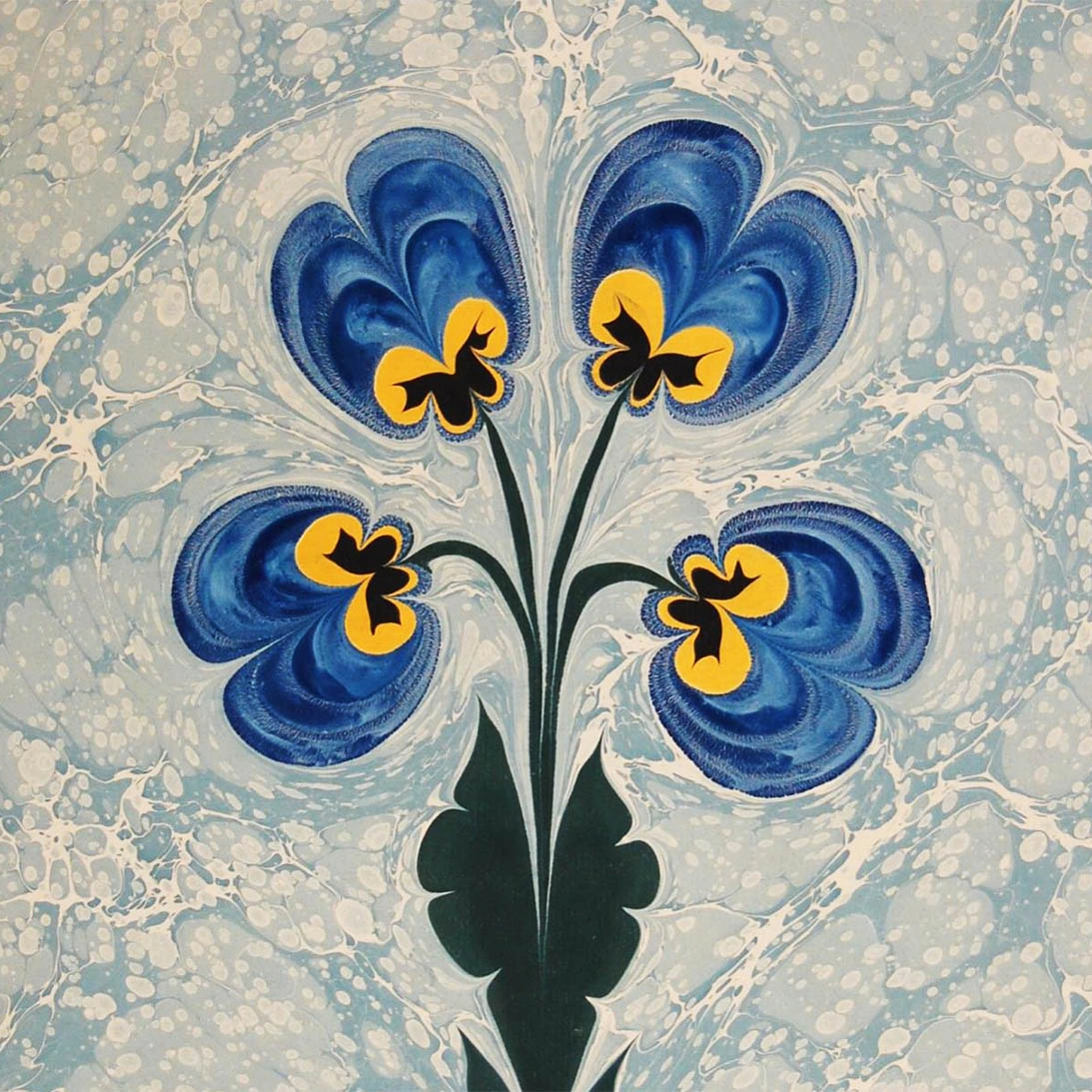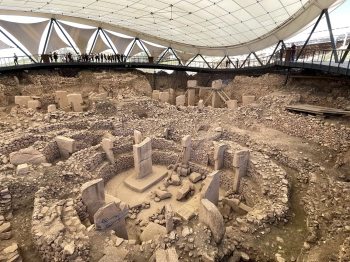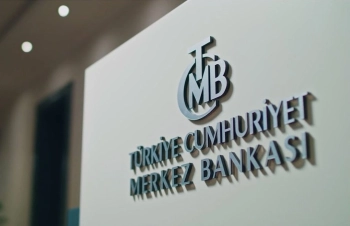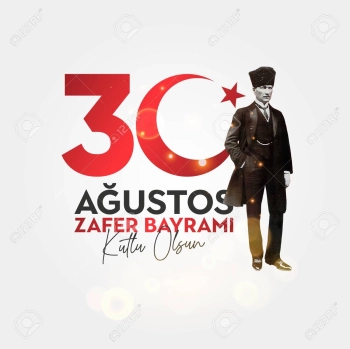Ebru, or Turkish marbling art, is among the richest of Türkiye's heritage. Renowned for being “the dance of colors on water”, Ebru is more than just a mere decorating method — it is a voyage within a culture, demonstrating centuries of history, spirituality, and art.
UNESCO acknowledged Ebru as an element of the Intangible Cultural Heritage of Humanity in 2014. Since then, it has continued to enthrall audiences across the world with its vibrant colors, fluid aesthetics, and meditative process of creation.
The Origins of Ebru
The history of Ebru begins in Central Asia in the 13th century, when primitive forms of marbling first appeared. From there, it traveled along the Silk Road and developed in Anatolia, where Turkish calligraphers and artists advanced the styles into a highly sophisticated art form.
By the 16th century, Ebru had become an integral part of Ottoman society. It decorated books, calligraphy panels, and official documents — not merely for beauty, but also as a protection against forgery, since each marbling piece is unique and cannot be reproduced.
The Technique: Painting on Water
The magic of Ebru begins in an unusual way. Unlike most painting methods, Ebru is first applied on the surface of water before being transferred onto paper.
Preparing the Water – A mixture of water and tragacanth gum creates a thickened surface.
Adding the Colors – Natural paints, blended with ox bile, are poured onto the water using horsetail brushes.
Dancing Pigments – The bile allows colors to expand in a splashy manner without mixing, forming enchanting designs.
Making the Design – Combs, needles, or even the gentle caressing of air are used by artists to create flowers, spirals, or abstract patterns.
Transfer to Paper – A piece of paper is softly laid on the water’s surface, capturing the fleeting design forever.
In just seconds, what was once freely floating on water becomes a permanent work of art.
Cultural Symbolism and Expression
Ebru is often regarded as more than an art — it is a reflection of the artist's inner world and emotions. Each coil of color, each delicate flower, speaks of patience, balance, and the harmony between control and spontaneity.
Anatolia, where cultures and civilizations have met for millennia, gave Ebru its depth and diversity. Every artist infuses their own soul into their work, ensuring that no two pieces are ever exactly the same.
Ebru Today: A Living Tradition
In today’s Türkiye, Ebru is celebrated in art galleries, cultural institutions, and workshops where both tourists and locals can experience the pleasure of marbling.
It has also evolved into contemporary styles, making its way into fashion, design, and modern art — while still preserving its traditional authenticity.
For those who practice it, Ebru is more than painting. It is a form of meditation — an exercise in letting go, where colors flow freely in vibrant harmony, teaching us that true beauty often emerges from balance and surrender.
Conclusion: A Colorful Legacy
The art of Ebru is a testament to the cultural richness of Türkiye — a bridge between past and present, tradition and innovation.
To witness colors dance on water and then come forth in immortal, eternal designs is to witness history, spirituality, and art in motion.
Whether seen on the walls of a museum, in the pages of an Ottoman manuscript, or created with your own hands in a workshop, Ebru remains one of Türkiye’s most enchanting gifts to the world.






